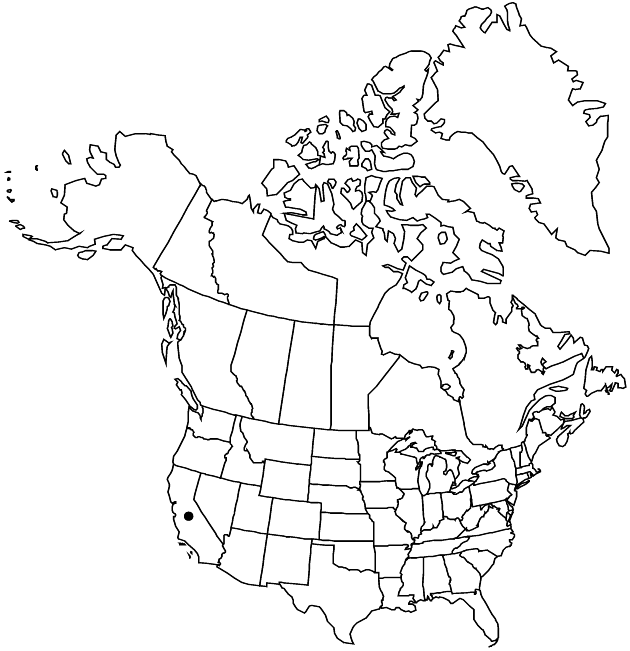Difference between revisions of "Cirsium occidentale var. lucianum"
Sida 21: 214. 2004.
imported>Volume Importer |
imported>Volume Importer |
||
| Line 48: | Line 48: | ||
|publication year=2004 | |publication year=2004 | ||
|special status= | |special status= | ||
| − | |source xml=https:// | + | |source xml=https://bitbucket.org/aafc-mbb/fna-data-curation/src/2e0870ddd59836b60bcf96646a41e87ea5a5943a/coarse_grained_fna_xml/V19-20-21/V19_119.xml |
|tribe=Asteraceae tribe Cardueae | |tribe=Asteraceae tribe Cardueae | ||
|genus=Cirsium | |genus=Cirsium | ||
Latest revision as of 19:47, 5 November 2020
Plants erect, 30–200 cm, densely gray-tomentose. Heads in openly branched arrays, long-pedunculate, elevated well above proximal leaves. Involucres about as wide as long, 2–4 cm, floccose-arachnoid, without fine trichomes connecting tips of adjacent phyllaries. Phyllaries imbricate, outer ascending to spreading or reflexed, mid apices ascending to spreading, straight or distally curved, usually 5–8 × 1–3 mm. Corollas dark reddish purple, 20–24 mm.
Phenology: Flowering spring–summer (Apr–Jul).
Habitat: Chaparral, openings in closed cypress conifer forests, mixed evergreen forests, oak woodlands
Elevation: 500–1500 m
Discussion
Variety lucianum occupies a narrow corridor along and adjacent to the main ridge of the southern Santa Lucia Mountains of San Luis Obispo County. D. J. Keil and C. E. Turner (1993) treated these plants as an atypical race of var. californicum. They resemble small-headed plants of the latter but differ in their dark, reddish purple corollas. They approach the ranges of var. californicum and var. venustum but are not known to grow with either. They may represent a stabilized emergent form derived by prehistoric hybridization between var. californicum and var. venustum.
of conservation concern
Selected References
None.
